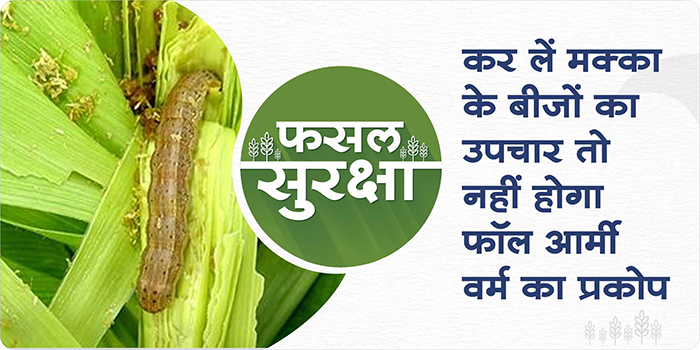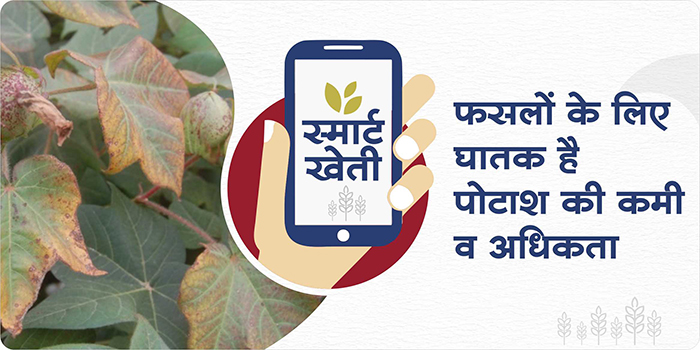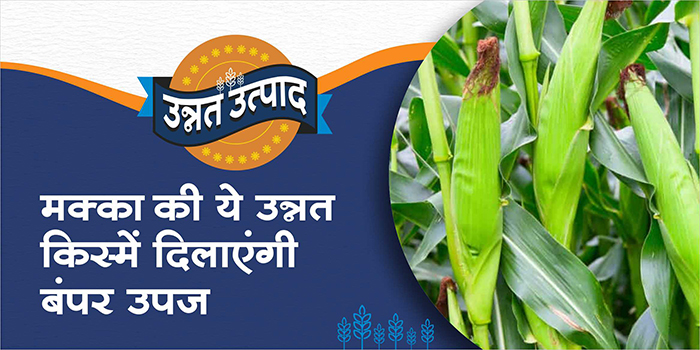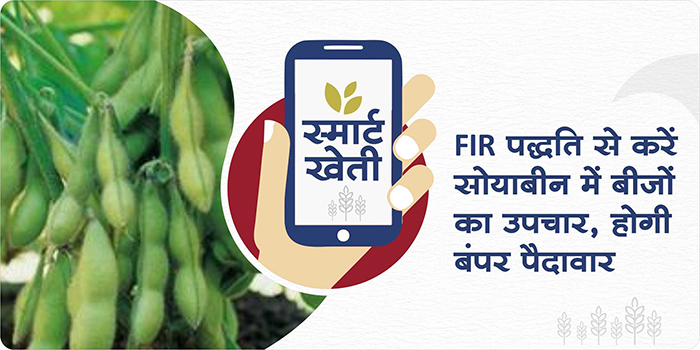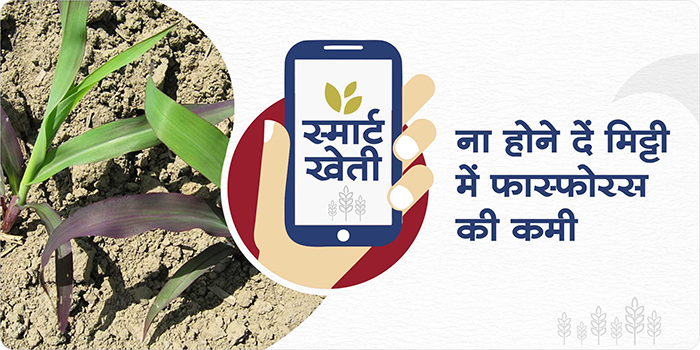-
Maize is the main crop of the Kharif season and, during the Kharif season, there is a lot of moisture in the soil, due to which the attack of fall armyworm is very high in Maize.
-
For the control of fall armyworm, it is very important to take measures at the time of sowing of maize so that there is no damage to the maize crop.
-
By plowing the field before sowing maize, the pupae of insects are eaten by birds. To prevent fall armyworm, sow the seeds only after treating them with insecticide.
-
Fall armyworm destroys the maize crop by eating its roots and leaves, due to which the maize crop is completely destroyed.
-
For its control, do seed treatment of maize or use treated seeds only. For this use recommended insecticides like Imidacloprid 48% FS @ 5 ml/kg seed or treat with Chlorantraniliprole 19.8 + Thiamethoxam 19.8 FS @ 6 ml/kg seed.
-
Treat with Beauveria bassiana @ 5 gram/kg seed as an biological seed treatment
-
Along with this, some more precautions must be taken like sowing maize in the whole field together, don’t do it separately.
-
To reduce the incidence of fall army worm, sow varieties like hybrid maize as its seed coat is hard. Intercrops can also be sown with maize.
ShareFor such important information related to agriculture and agricultural products, keep reading Gramophone’s articles daily. Be sure to visit the market section of gramophone to purchase advanced agricultural products.

